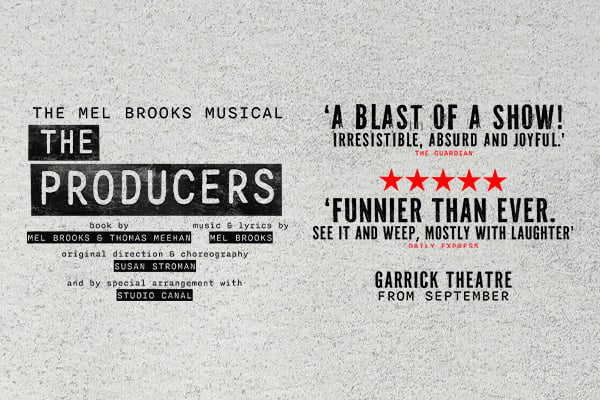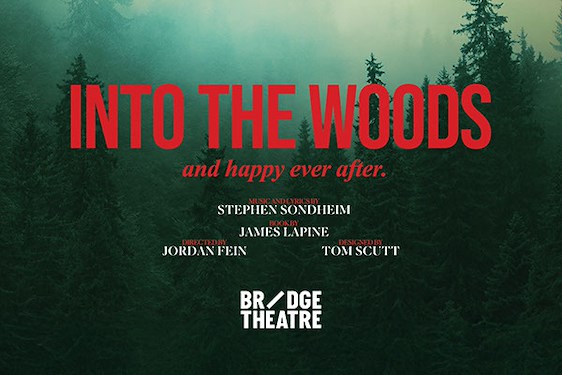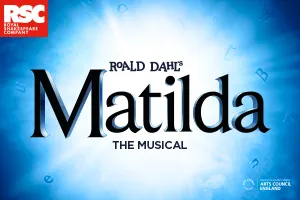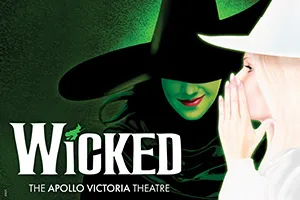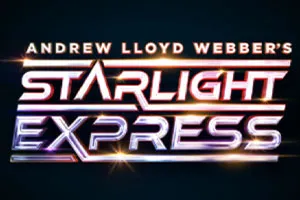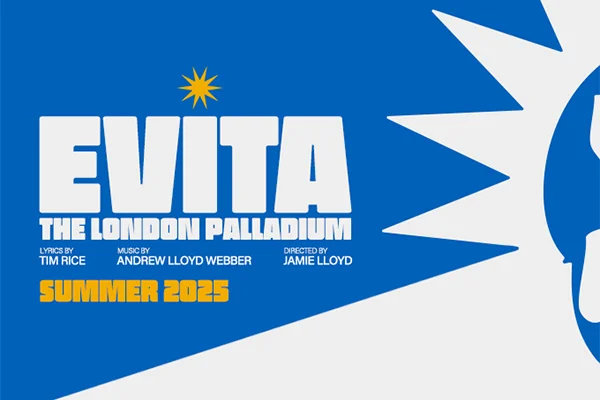We invited Aoife Parr to explain what lies behind her EdFringe show Anatomy of Pain. She speaks for many living with disabilities and the system that surrounds their efforts to obtain treatment, support and care.
It’s not about overcoming illness – it’s about living with it in a society that treats support as a scarce resource
We’re often told that if you just advocate hard enough, things will get better. But the truth is, I’ve spent years chasing referrals, managing paperwork, and sitting in rooms with professionals who didn’t believe me – not necessarily because they were cruel, but because the systems they work in aren’t built to handle complexity.
Anatomy of Pain is the result of that experience. It’s not about “overcoming” illness in a rousing montage of grit and gratitude. It’s about living with it in a society that treats support as a scarce resource, and your credibility as something always up for debate.
I was diagnosed with Hypermobile Ehlers-Danlos syndrome when I was 22, after nearly a decade of surgeries, chronic pain and being repeatedly told that what I was experiencing didn’t “make sense”. It’s a connective tissue disorder – invisible, under-researched and widely misunderstood – and by the time I had a name for it, the damage had already been done. I had been dismissed, disbelieved and quietly dropped through every gap the system had to offer.
Sadly, that experience isn’t unusual – and it’s being reinforced at a structural level. The government’s now-abandoned proposal to replace PIP with a voucher or one-off grant scheme may be off the table, but the message was clear: support for disabled people is seen as negotiable. Even now, plans to tighten eligibility haven’t disappeared – they’ve just been delayed. We’re not being asked what we need. We’re being measured against how little can be offered.
What’s at stake in these reforms isn’t just money. It’s legitimacy. It’s the right to live without constantly having to justify your existence. And it’s the quiet, grinding pressure of systems that make you prove again and again that you’re not faking it.
The show follows one woman trying to access care, navigate endless paperwork and hold onto her sense of self as the state slowly erodes it. It moves through GP surgeries, hospital corridors, benefit interviews and strained relationships. It’s full of things many of us know too well: waiting months for scans, being told to “just exercise”, filling out forms that ask whether you can lift a fork – as if that somehow captures what it means to live in a body that keeps falling apart.
When we talk about disability, we often focus on personal bravery or recovery. But Anatomy of Pain is more interested in what happens when illness stops being a private challenge and becomes a political identity. It asks: what does it mean to be disabled in a country that is actively legislating against your needs?
That’s why I’m bringing it to the Fringe. Not because the festival is easy or particularly accessible – it’s not – but because there’s still a chance to articulate what’s happening, and to be heard by people who might not otherwise come across this reality. The story doesn’t end with a diagnosis, or even with the show. It’s still playing out, every time a claim is rejected, or a letter goes unanswered, or someone is told they’re “not eligible”.
If the show offers anything, I hope it’s that moment of recognition – of knowing you’re not alone in this. I want people to leave with a clearer sense of how illness is shaped by the systems we live in, and just how much is asked of people just trying to survive. There’s humour in the show. There’s rage. And there’s also the quiet truth that some of us are just trying to be believed – fully, finally, without having to explain ourselves one more time.










